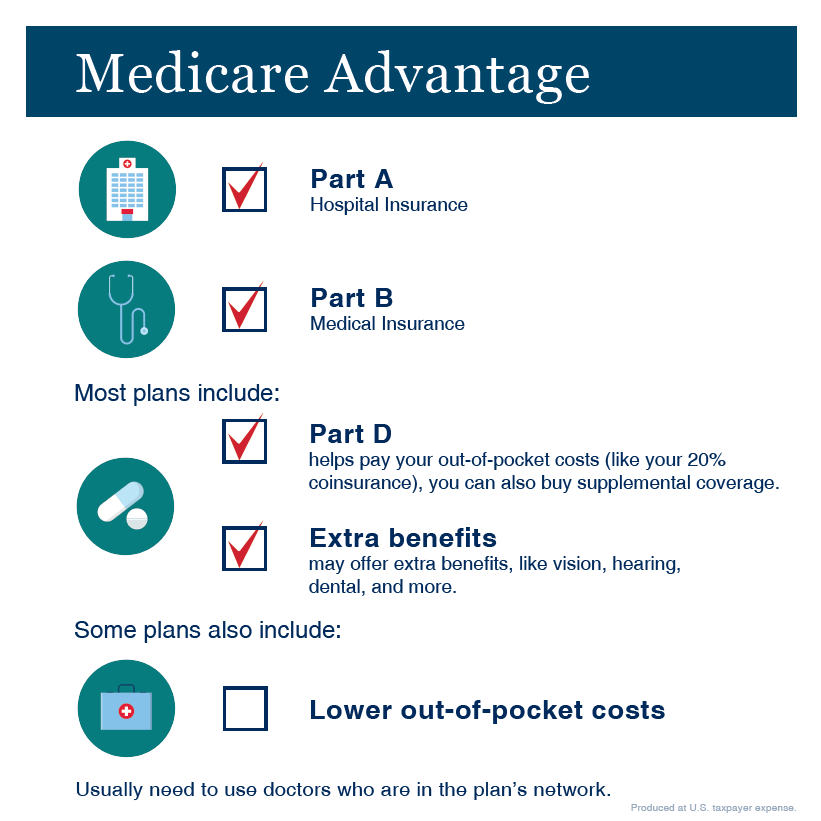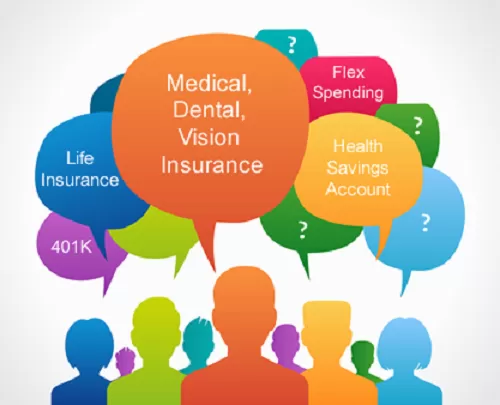Not known Details About Medicare Advantage Agent
Table of ContentsExcitement About Medicare Advantage AgentNot known Facts About Medicare Advantage AgentThe Ultimate Guide To Medicare Advantage Agent

complies with from puzzling the relatively young age account of the without insurance with the much better wellness, typically, of more youthful individuals. This obscures the link between health standing and health and wellness insurance policy. For those without accessibility to workplace medical insurance, poor wellness is a possible barrier to purchasing nongroup insurance coverage because such insurance coverage may be very priced, omit preexisting conditions, or be simply not available. The variety of uninsured Americans is not specifically large and has actually not altered in recent times. 7 out of ten respondents in a country wide representative study thought that fewer Americans did not have health insurance than actually do(Fronstin, 1998). Approximately fifty percent(47 percent )believed that the variety of individuals without medical insurance lowered or stayed continuous over the last fifty percent of the last decade(Blendon et al., 1999). This decrease of virtually 2 million in the number of people 'without insurance policy (a reduction
of about 4 percent)is definitely a positive modification. With a softer economic climate in 2000 the most up to date reported gains in insurance coverage may not continue(Fronstin, 2001 ). The decrease in the variety of without insurance will certainly not continue if the economic climate stays sluggish and healthcare prices proceed to surpass inflation. This is due to the fact that the data were collected for a duration of solid economic performance. Of the estimated 42 million individuals that were uninsured, almost regarding 420,000(regarding 1 percent)were under 65 years of age, the age at which most Americans end up being eligible for Medicare; 32 million were adults in between ages 18 and 65, around 19 percent of all adults in this age; and 10 million were kids under 18 years old, regarding 13.9 percent of all children (Mills, 2000). These price quotes of the variety of individuals uninsured are generated from the yearly March Supplement to the Present Population Survey (CPS), conducted by the Census Bureau. Unless otherwise noted, nationwide estimates of individuals without medical insurance and percentages of the populace with various sort of insurance coverage are based on the CPS, one of the most commonly used resource of price quotes of insurance policy protection and uninsurance rates. These surveys and the quotes they yield are defined briefly in Table B. 1 in Appendix B - Medicare Advantage Agent. These surveys vary in size and sampling approaches, the concerns that are inquired about insurance policy
Some Known Incorrect Statements About Medicare Advantage Agent
insurance coverage, and the moment duration over which insurance policy protection or uninsurance is gauged(Lewis et al., 1998, Fronstin, 2000a ). Still, the CPS is specifically helpful due to the fact that it generates annual price quotes relatively promptly, reporting the previous year's insurance protection approximates each September, and because it is the basis for a consistent collection of price quotes for greater than two decades, permitting evaluation of trends in coverage over time.
The 6-Minute Rule for Medicare Advantage Agent
Over a three-year period starting early in 1993, 72 million people, 29 percent of the U.S. populace, were without insurance coverage for a minimum of one month. Within a solitary year(1994), 53 million people experienced at the very least a month without protection(Bennefield, 1998a). 6 out of every ten without insurance grownups are themselves employed. Working does improve the chance that one and one's household members will have insurance policy, it is not an assurance. Also participants of households with 2 full time wage earners have almost a one-in-ten possibility of being without insurance (9.1 percent uninsured rate)(Hoffman and Pohl, 2000 ). The partnership between wellness insurance and access to care is well established, as documented later on in this phase. Although the connection in between medical insurance and health and wellness outcomes is neither direct nor simple, official site a substantial clinical and health and wellness services research literary works links medical insurance protection
to enhanced accessibility to care, far better top quality, and enhanced individual and population wellness standing. The 2nd report, on personal health end results for without insurance grownups, is represented by the inner circle of the number, while the third report, on family members well-being, incorporates the subjects of the 2nd report but emphasizes a various unit of evaluation, particularly, the family. The 6th report in the series will certainly offer details about strategies and campaigns taken on in your area, statewide, or country wide to address the absence of insurance policy and its negative impacts. Degrees of analysis for examining the results of uninsurance. This discussion of medical insurance coverage concentrates mainly on the U.S. populace under age 65 since virtually all Americans 65 and older have Medicare or various other public insurance coverage.
Additionally, it focuses especially on those without any kind of medical insurance for any kind of size of time. The problems faced by the underinsured remain in some areas comparable to those encountered by the uninsured, although they are typically much less severe. Uninsurance and underinsurance, however, entail distinctly various policy problems, and the techniques for addressing them might differ. Throughout this research study and the five reports to adhere to, the main focus gets on individuals without any health and wellness insurance policy and hence no aid in spending for healthcare beyond what is available via charity and safety and security web establishments. Medical insurance is an effective factor influencing invoice of care since both individuals and doctors respond to the out-of-pocket rate of solutions. Medical insurance, nonetheless, is neither necessary neither sufficient to access to medical solutions. The independent and straight impact of health
insurance insurance policy protection access to health wellness is well establishedDeveloped Others will obtain the health care they require also without health insurance, by spending for it out of pocket or seeking it from companies who supply care free or at extremely subsidized rates. For still others, medical insurance alone does not ensure receipt of care since of various other nonfinancial obstacles, such as an absence of health and wellness treatment suppliers in their neighborhood, minimal access to transportation, illiteracy, or etymological and cultural differences. Official study regarding without insurance populations in the United States dates to the late 1920s and very early 1930s when the Board on the Cost of Treatment generated a series of reports about funding physician office visits and hospital stays. This issue ended up being prominent as the varieties of medically indigent climbed during the Great Depression. Empirical researches regularly sustain the web link between access to care and improved health and wellness outcomes(Bindman et al., 1995; Starfield, 1995 ). Having a regular source of treatment can be thought about a forecaster of accessibility, as opposed to a straight measure of it, when health results are themselves utilized as accessibility indicators. This extension of the notion of access measurement was made by the IOM Committee on Monitoring Accessibility to Personal Health Care Provider(Millman, 1993, p. Whether moms and dads are insured shows up to influence whether their youngsters get treatment as well as just how much careeven if the kids themselves have protection(Hanson, 1998). The health and wellness of parents can affect their ability to care for their children and the degree of household tension. Fretting regarding their kids's access to care is itself a resource of stress for moms and dads. 3 chapters follow in this report. Phase 2 supplies an introduction of just how employment-based health and wellness insurance policy, public programs and specific insurance plan run and engage to supply considerable yet incomplete coverage of the U.S. population. This includes a testimonial of historic patterns and public laws affecting both public and personal insurance, a conversation of the interactions amongst the various types of insurance coverage, and an exam of why individuals move from one program to one more or end up
